Taking on DIY projects around the house can be both satisfying and cost-effective. One such project you might be considering is painting a wood medicine cabinet to breathe new life into it or to match your evolving home decor. But is DIY painting a wooden medicine cabinet feasible? In this article, we will explore the steps, tips, and considerations to help you decide whether to pick up the paintbrush or call in a professional.
Understanding the Basics of Wooden Medicine Cabinets

Wooden medicine cabinets, such as those from wellfor.com, offer a classic and timeless look for any bathroom. Wood frame medicine cabinets are not only functional but also add an element of warmth and style. However, over time, the finish can become dull, or the color may no longer suit your taste.
Why Consider Painting Your Wood Medicine Cabinet
Painting a wood medicine cabinet can give it a fresh look without the need to replace the entire unit. It's an affordable way to update your bathroom's aesthetic and can be a fun weekend project. Plus, with a bit of preparation and the right materials, painting your cabinet can be entirely feasible and rewarding.
Preparing for Your DIY Painting Project
Before you dive into painting your wooden medicine cabinet, proper preparation is essential for a successful outcome.
Tools and Materials Needed
-
Sandpaper or a sanding block
-
Primer suitable for wood surfaces
-
High-quality paint (semi-gloss or gloss finish is recommended for bathrooms)
-
Paintbrushes or a small roller
-
Painter's tape
-
Drop cloths or old newspapers to protect surfaces
-
Screwdriver for removing hardware
Assessing the Condition of the Cabinet
Take a close look at your medicine cabinet. Check for any damage, such as cracks, chips, or rot. Minor imperfections can be filled in with wood filler, while more significant damage may require more extensive repairs or even professional help.
Cleaning and Sanding the Surface
Start by thoroughly cleaning the cabinet with a mild detergent to remove any dirt, grease, or soap scum. Once the cabinet is clean and dry, sand the surface lightly with sandpaper. Sanding helps the primer and paint adhere better to the wood, resulting in a smoother finish.
Applying Primer
After sanding, wipe away any dust with a tack cloth and apply a coat of primer. Primer is crucial for ensuring the paint adheres properly and provides a uniform base. Allow the primer to dry completely according to the manufacturer's instructions.
The Painting Process
With your medicine cabinet prepped and primed, it's time to move on to the painting phase of the project.
Choosing the Right Paint
When selecting paint for your cabinet, opt for a semi-gloss or gloss finish, as these are more durable and resistant to moisture – a common factor in bathrooms. Make sure the paint is appropriate for wood surfaces and provides good coverage.
Painting Techniques for a Smooth Finish
To achieve a smooth finish, apply paint in thin, even coats. Use a high-quality brush or a small roller designed for cabinets and trim to minimize brush marks. Allow each coat to dry thoroughly before applying the next one. Depending on the color and type of paint, you may need two or three coats to achieve full coverage.
Tips for Avoiding Common Mistakes
Be patient and take your time with each step. Rushing the process can lead to drips, uneven coverage, and visible brush strokes. Also, be careful to protect the surrounding area with drop cloths or newspapers to avoid accidental paint spills.
Reassembling and Caring for Your Painted Cabinet
Once the final coat of paint is dry, it's time to put everything back together.
Reattaching Hardware and Doors
Carefully reattach the hardware and doors to your cabinet. If your hardware looks outdated or worn, this might be an excellent opportunity to replace it with something more modern to complement your freshly painted cabinet.
Maintaining Your Painted Wood Medicine Cabinet
To keep your painted medicine cabinet looking its best, clean it regularly with a soft cloth and avoid using harsh chemicals that can damage the paint finish. If the cabinet is in a high-moisture area, ensure your bathroom is well-ventilated to prevent peeling or bubbling paint.
When to Consider Professional Help
While painting a wooden medicine cabinet is a feasible DIY project, there are times when it might be best to call in a professional.
Complex Repairs or Custom Work
If your medicine cabinet requires significant repairs or you want custom work done, such as intricate designs or a high-gloss finish, hiring a professional might be the way to go.
Time and Skill Constraints
Consider your own time and skill level. If you are not confident in your painting abilities or simply do not have the time to dedicate to the project, a professional painter can ensure the job is done correctly and efficiently.
Takeaway
Painting a wooden medicine cabinet is a feasible and rewarding DIY project that can significantly impact the look of your bathroom. With careful preparation, the right materials, and attention to detail, you can achieve a professional-looking finish that will last for years to come. Remember that while DIY can be fulfilling, there's no shame in seeking professional help when the project is beyond your comfort zone or skill set. Whether you decide to tackle the project yourself or hire a pro, the result will be a fresh and updated space that you can enjoy every day.

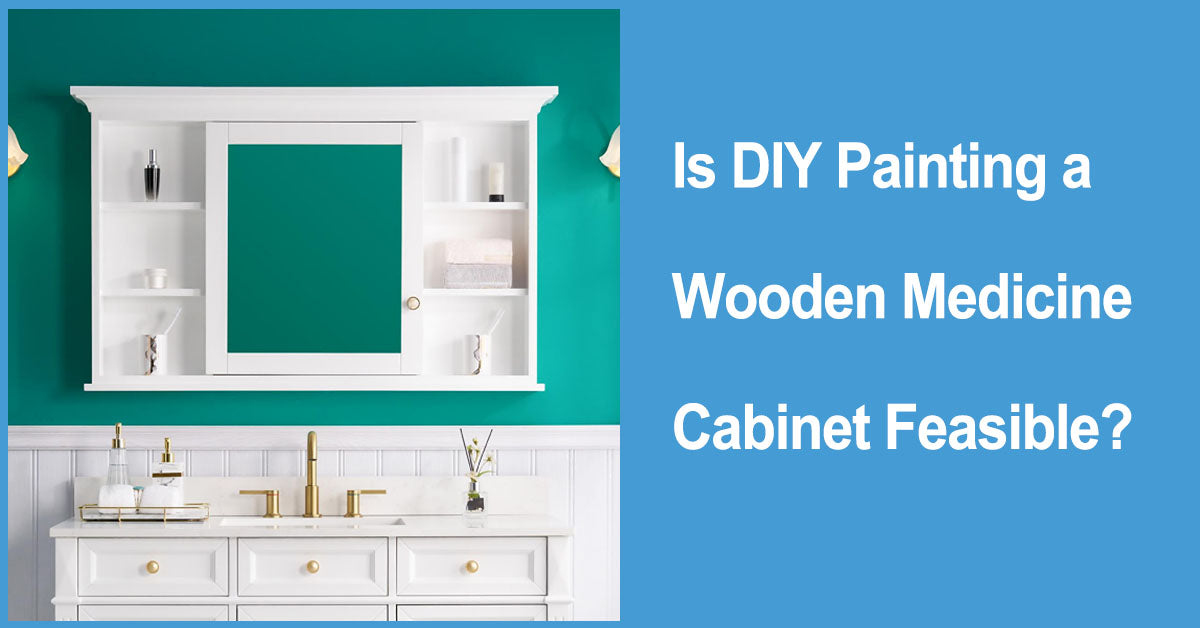






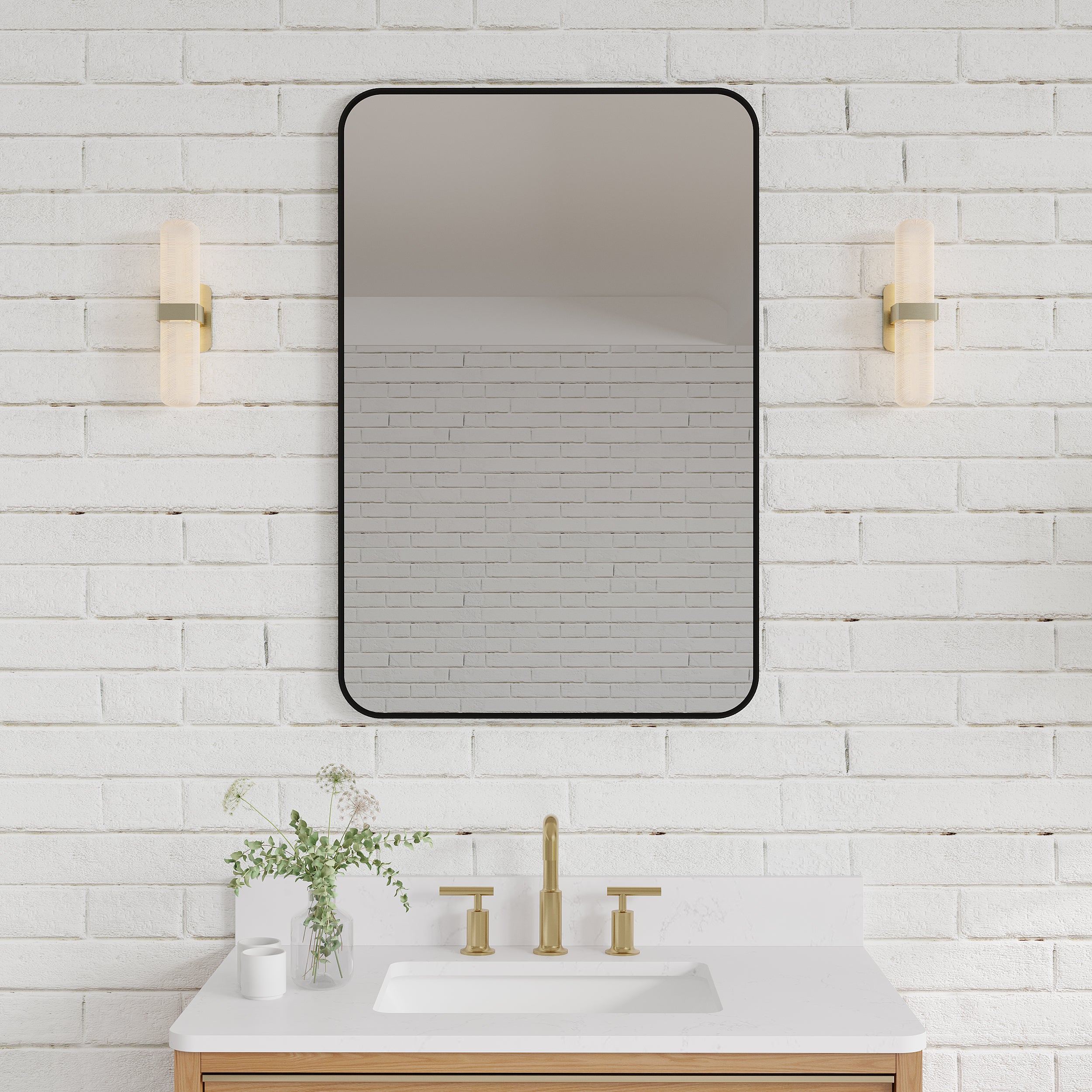

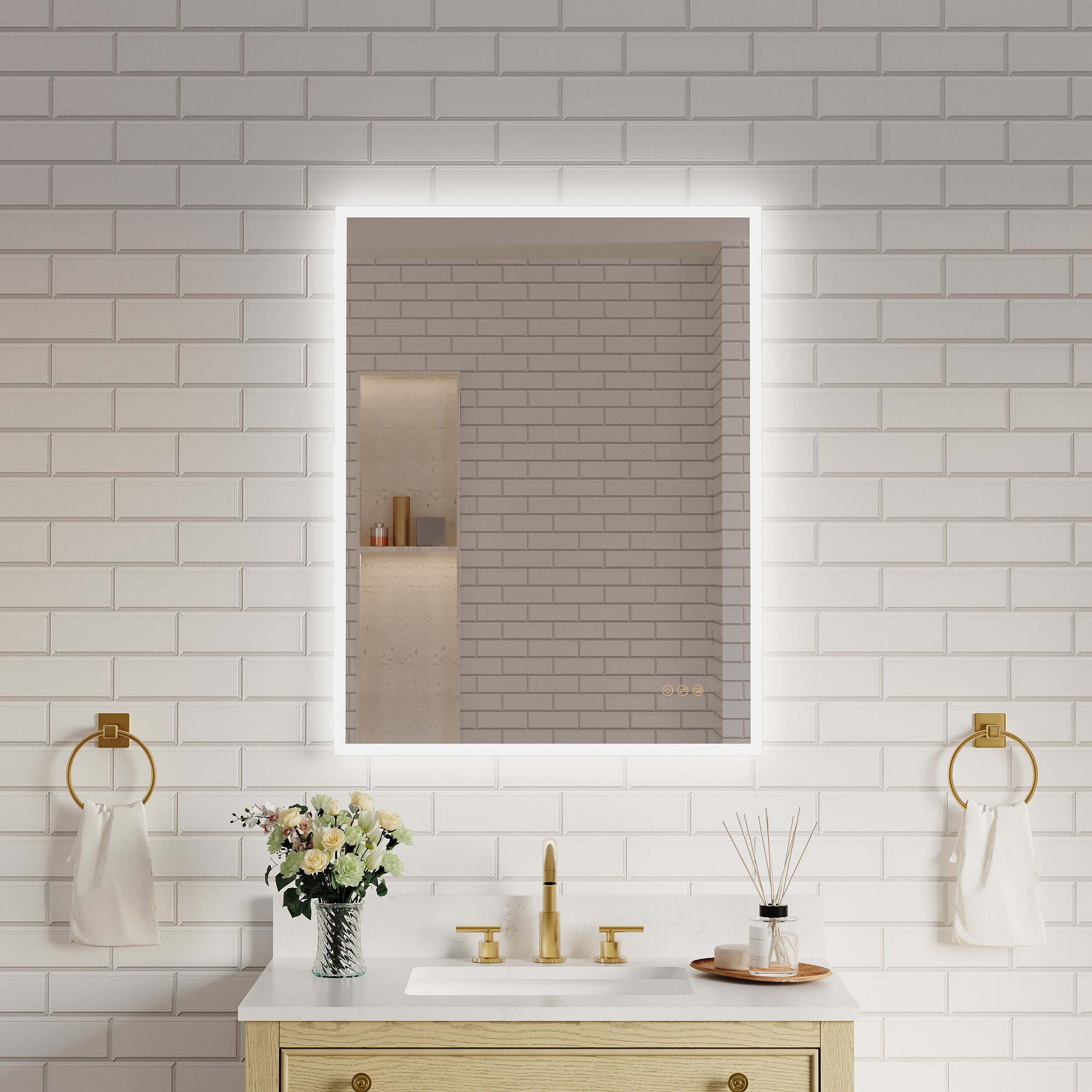



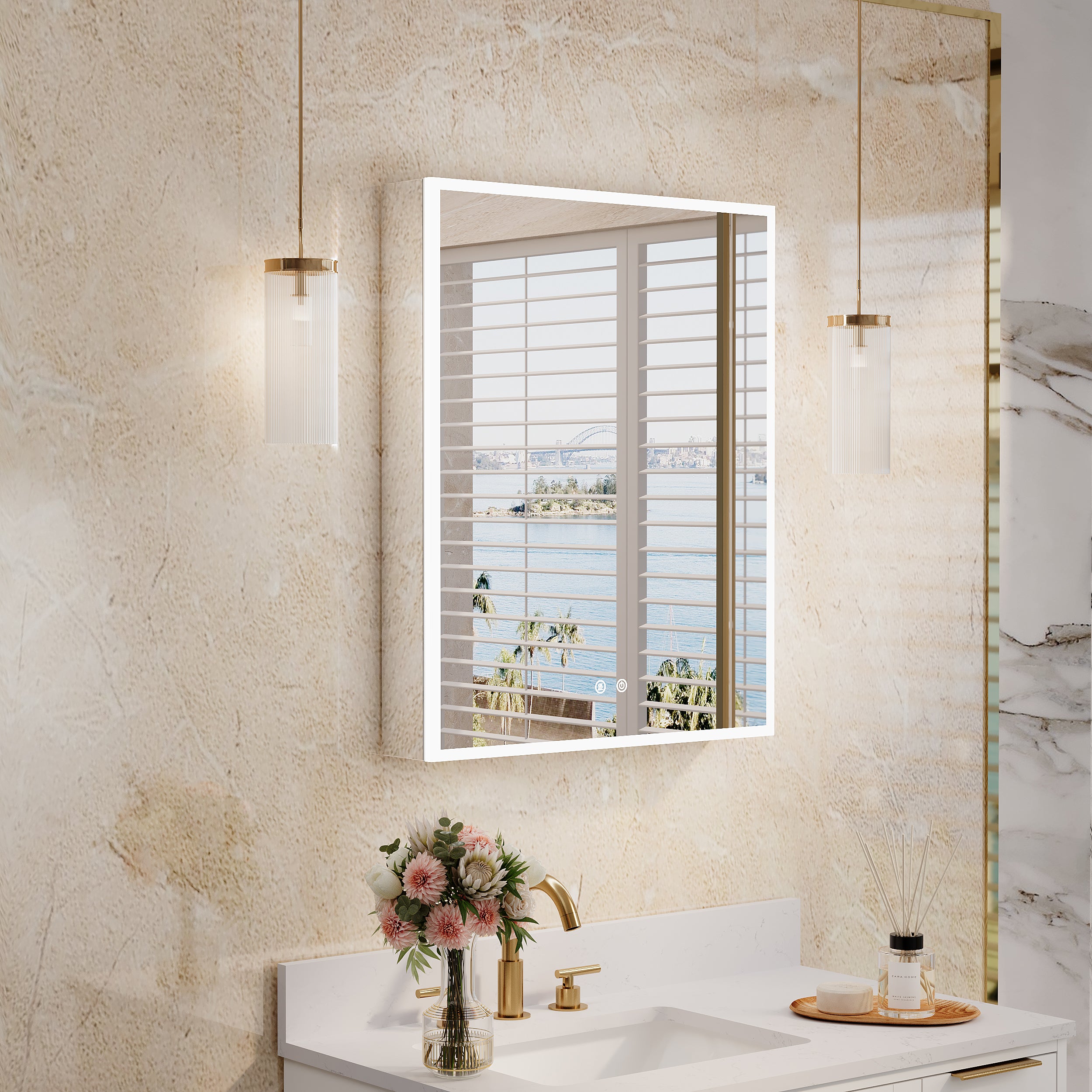
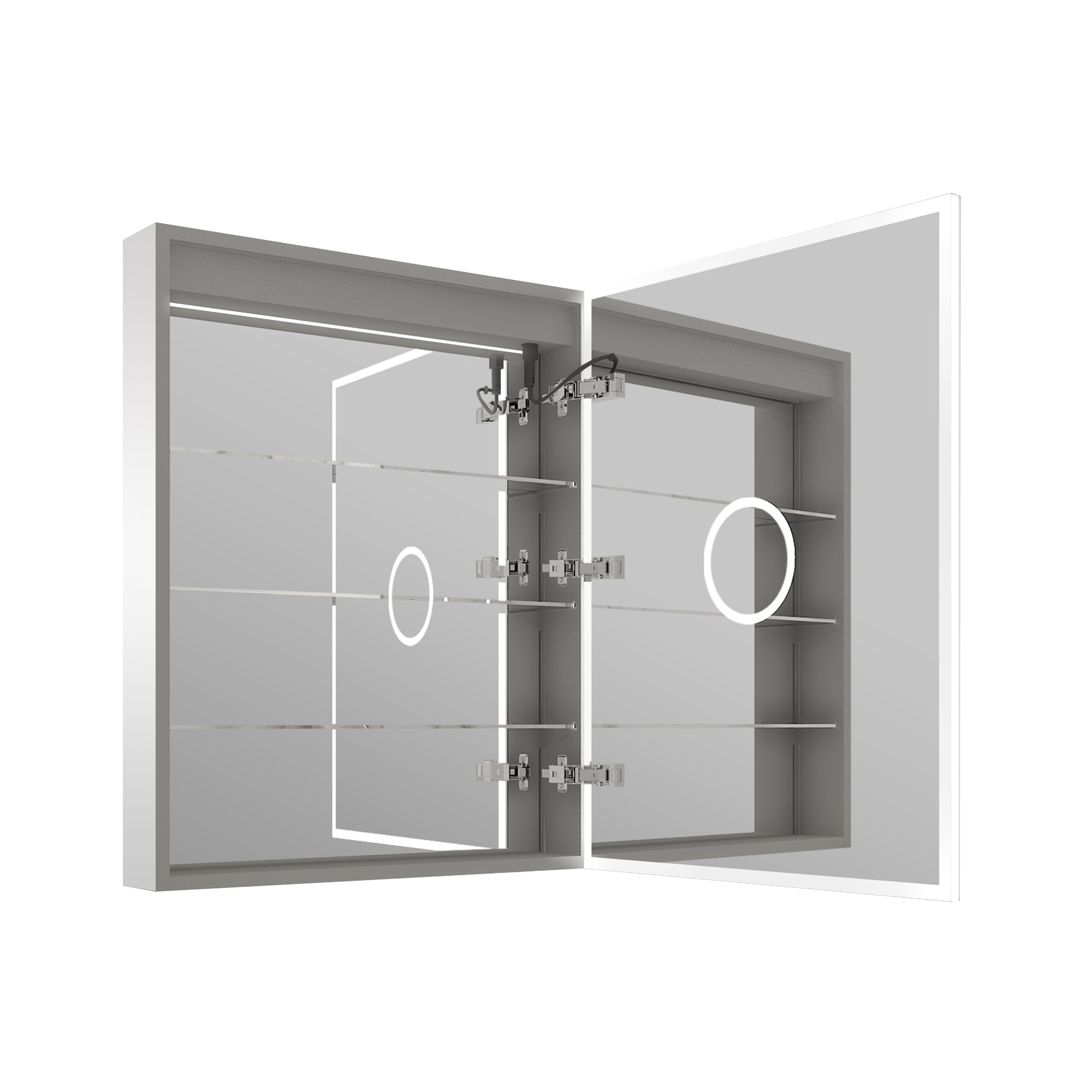
Leave a comment
This site is protected by hCaptcha and the hCaptcha Privacy Policy and Terms of Service apply.